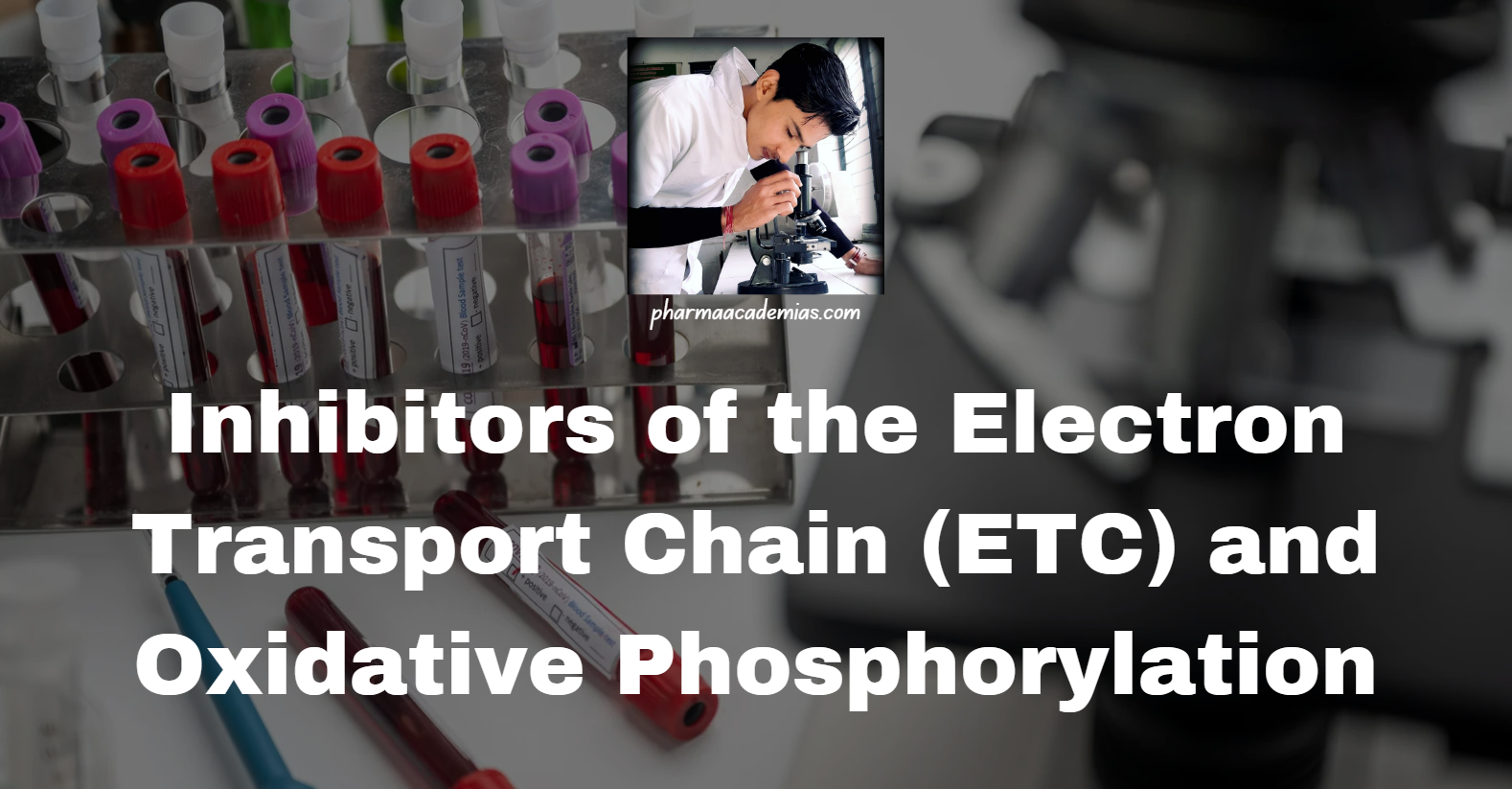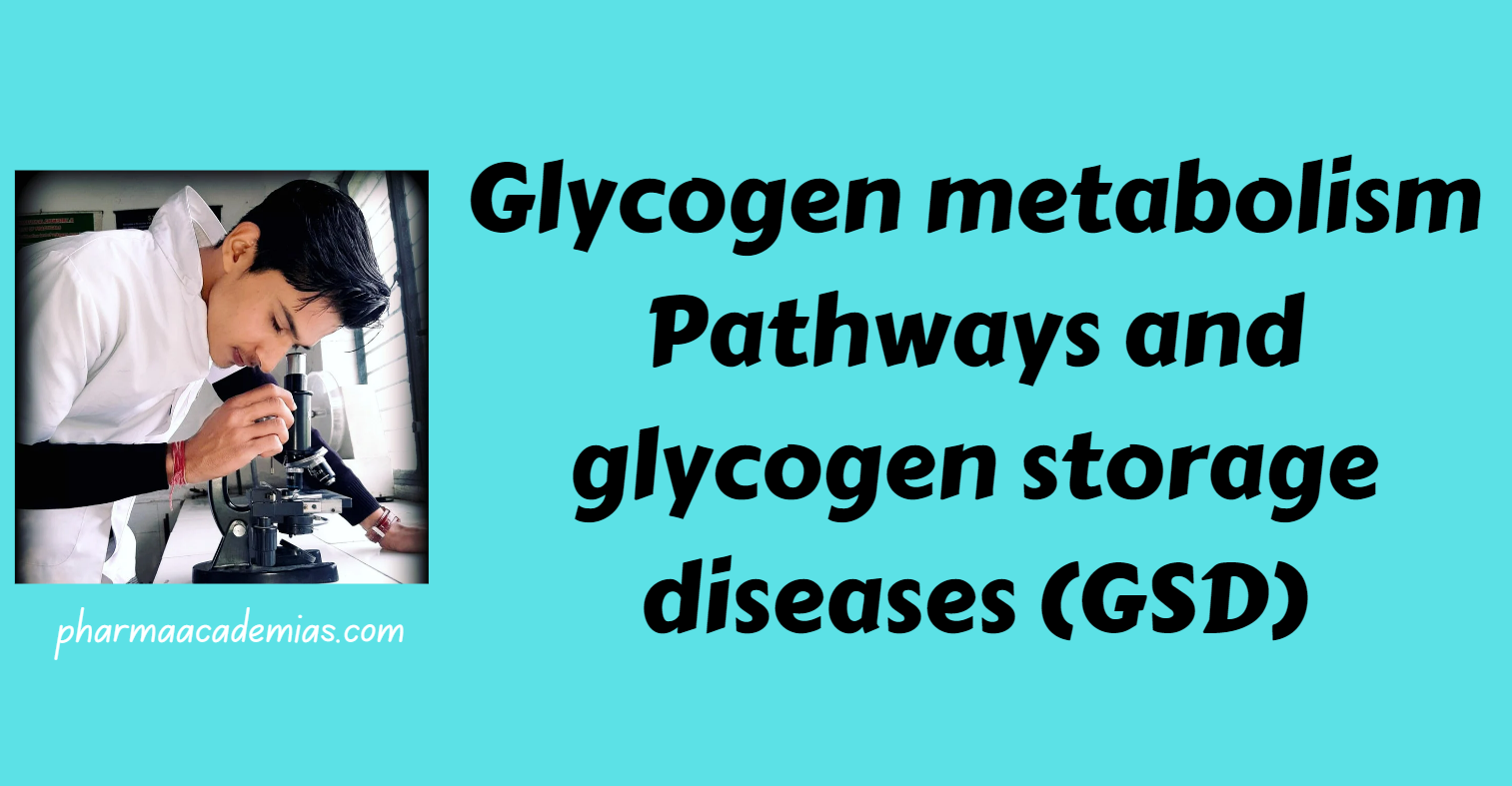Electron Transport Chain (ETC) and Oxidative Phosphorylation
Inhibitors of the Electron Transport Chain (ETC) and Oxidative Phosphorylation The Electron Transport Chain (ETC) and oxidative phosphorylation are critical for ATP production in aerobic organisms. Several inhibitors can interfere with the ETC and oxidative phosphorylation, leading to reduced or halted ATP synthesis. These inhibitors can affect specific complexes within the ETC, mobile electron carriers, … Read more










